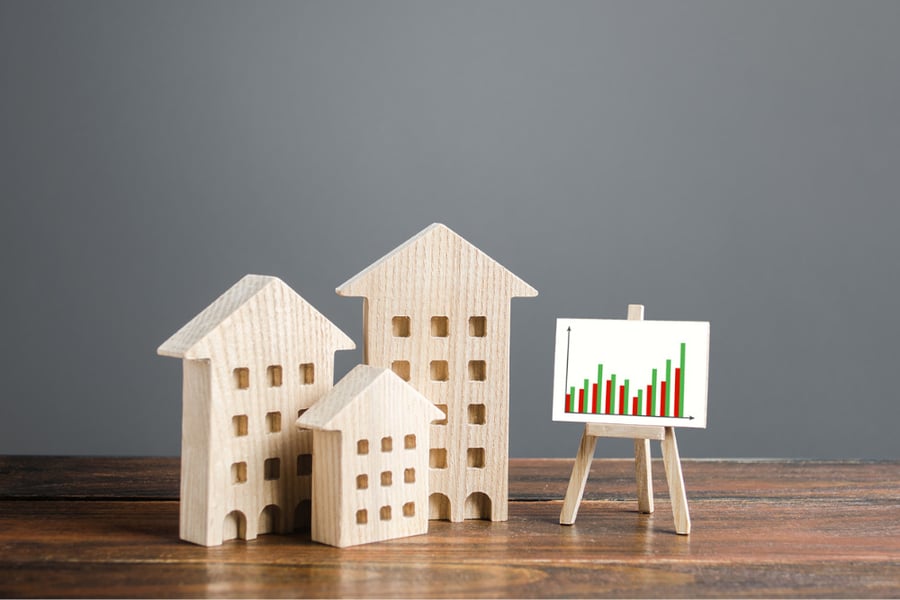Even lockdowns in Australia's largest housing markets have done little to put a dent in price growth

Despite ongoing lockdowns in Australia’s two largest housing markets, ANZ has upped its housing price forecast for 2021. The banking giant now predicts house price growth of more than 20% over the calendar year.
Outbreaks of the COVID-19 delta variant in New South Wales, Victoria and the Australian Capital Territory haven’t put much of a dent in property prices, according to a report by The Australian.
Since March, ANZ has predicted house price growth of between 15% and 20% across the capital cities. But stronger-than-expected performance has spurred the bank to readjust its forecast to predict rises of just over 20% this year and 7% in 2022, The Australian reported.
ANZ senior economist Felicity Emmett said there is a chance the forecast is still too low, but the impact of lockdowns was difficult to account for.
“Prices have grown a bit stronger than expected in the six-month period to July, so we are factoring that in,” Emmett told The Australian. “But we are expecting prices to slow. There is still a risk that our forecast is too low if momentum continues at its current pace … [but] I think it is brave to go out now and say they will be much stronger.”
Low inventory has helped spur the market, with buyers competing for a limited number of available properties and driving prices skyward. Housing finance rose 83% in the year to June, auction clearance rates are in the mid-70s, and investors are returning to the market, The Australian reported.
All of these factors have spurred a deterioration in affordability across all key metrics, including value-to-income loan ratios, serviceability and the number of years required to save for a deposit.
Read next: Red-hot housing market will just get hotter – poll
Emmett told The Australian that with credit growth accelerating, the Australian Prudential Regulation Authority is likely to keep a close eye on the market. She said there was the potential for macroprudential measures to slow price growth in coming months.
However, she said that intervention is unlikely before next year due to uncertainty surrounding COVID-19 – and even when it comes, it will likely be minimal.



